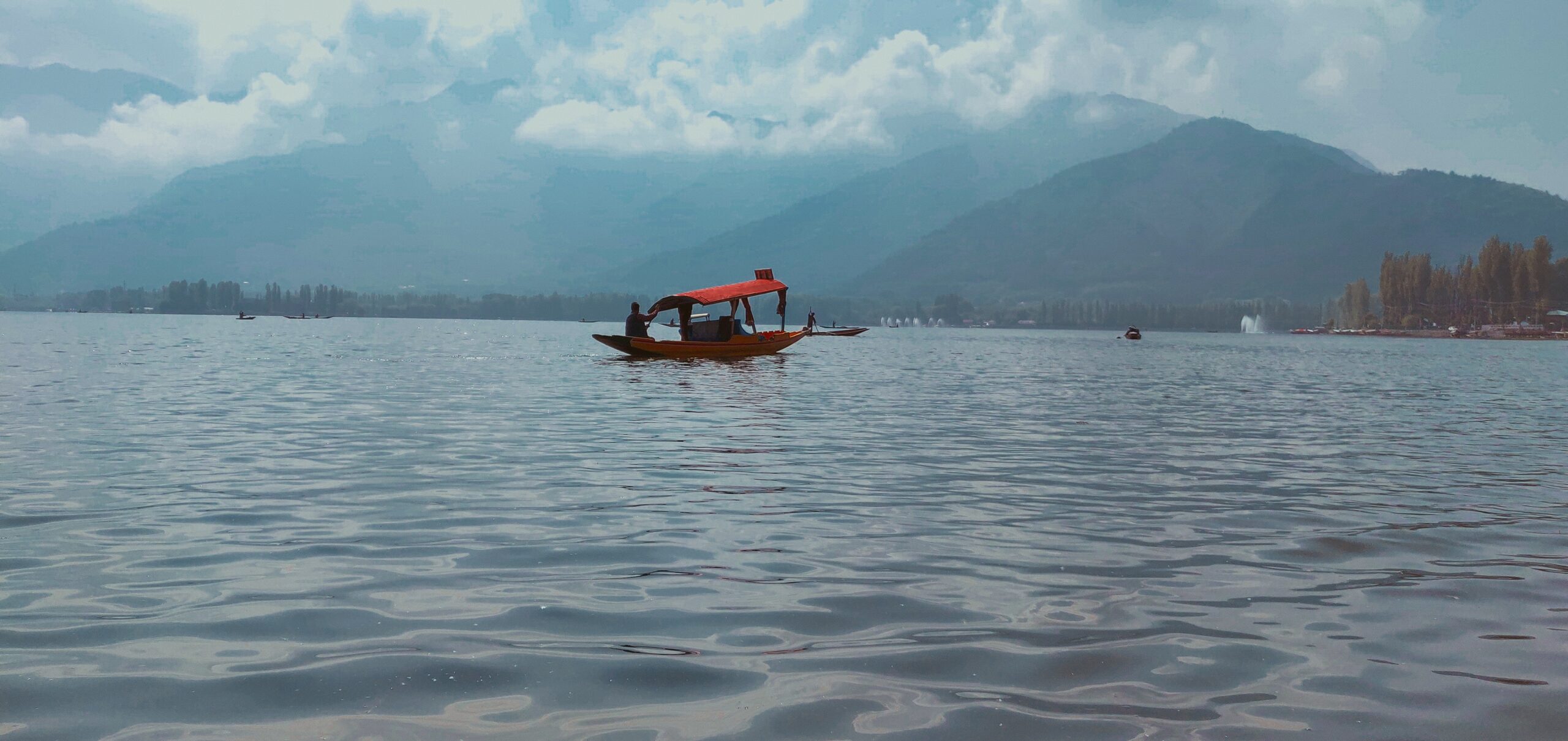“If helping someone reach Mecca Medina counts as a good deed, then I believe that the same is valid for someone who guides you to life in Kashmir after 370” ~ Anonymous
–A source spoke to the wonk on the condition of confidentiality
Defying the negative portrayal
Kashmir is paradise on Earth. People say that it is the most beautiful yet the most dangerous place to be at. But when you speak to a couple of Kashmiris, they have a strikingly opposing viewpoint to this. You will come across people who reveal that Media’s portrayal of Kashmir is an adulterated one. One such person shared said that Kashmir is nothing like what the media shows. ‘Kashmiriyat’: the essence of Kashmir’s culture and welcoming aura. That whoever visits Kashmir not only praises its exquisiteness and beauty, but is all praise for the safe, welcoming nature of Kashmiris, its heritage, and their culture. A Kashmiri man said that a woman would be safer at midnight in Kashmir, rather than Delhi. This comes as a shocker considering the image of Kashmir which the media and specifically the Bollywood depict (life in Kashmir after 370).
Both culturally and religiously, the people of Kashmir are taught to respect women and outsiders who visit the Valley.
Another person said that to understand Kashmir’s present you need to go back to its history; in essence the partition, infiltration by Pakistan, Maharaja Hari Singh’s request, Kashmir’s accession, the promise of a plebiscite, and the abrogation of Article life in Kashmir after 370 which previously gave a special status to Jammu and Kashmir.
Javed Iqbal, Columnist, Rising Kashmir, said that Kashmir has had a history of being an independent kingdom… a sovereign state in every sense, whosoever tried to control it, whether the Afghans, the Sikhs or later the Dogras, has had problems.
Some common facts and figures
2014: there were 583 incidents of ceasefire violations. Out of which 14 civilians and three security personnel were killed. 101 civilians and 28 security personnel were injured.
2016: there were 449 incidents of ceasefire violations in which 13 civilians and 13 security personnel were killed. 83 civilians and 99 security personnel were injured. Life is Kashmir after 370.
June 2018- BJP pulled out of its coalition with PDP in the valley. 5 months later, in November, chances of a ‘valley coalition’ emerge. The Coalition between the National Congress and PDP, which is a first in the past 7 decades. PDP wrote to Governor Satyapal Malik, staking claim to form a government. The PDP went on to claim support of more than 50 MLAs, including those of Congress and The NC.
Civil society demonstrations in Kashmir are not a law-and-order problem, as they have been reported. Stone pelting, and incidents of arson and violence, are not causal to the violence that is routine in Kashmir today. Stone pelting does not seek to kill and has not resulted in death. Pro-freedom leaders (termed “separatists” by the Indian state) have emphasized nonviolent civil disobedience, and have appealed to civil society not to engage in violent protests in reaction to the violence and killings by Indian forces.
AFSPA
Armed Forces Special Powers Act (AFSPA) was enacted by the Parliament on September 11, 1958. It was first implemented in the Northeast, and then in Punjab. In September 1990, Parliament passed the Armed Forces (Jammu and Kashmir) Special Powers Act, which was “deemed to have come into force” retrospectively from July 5, 1990.
Army officers have legal immunity for their actions. There can be no prosecution, suit or any other legal proceedings against anyone acting under AFSPA.
We sitting anywhere else can praise or disregard the armed forces! What we should consider is that the ground reality there is a result of eventful and historic occurrences.
One should visit Kashmir at least twice! Once during the autumn when we call it ‘Golden Kashmir’. Second, during snow.
Executions and HR violations
The Jammu and Kashmir Coalition of Civil Society (JKCCS), in its bi-annual report, revealed that from January 1 to June 30, the region witnessed the extrajudicial executions of at least 32 civilians and the killing of 54 armed forces personnel. Since August 5, 2019, there have been instances of the ban on high-speed mobile internet services. In the last six months, there were 55 instances of internet blockades.
The recent photo of a toddler sitting on his deceased grand father’s bullet-ridden chest was particularly disturbing. Speculation rises upon the fact as to who clicked that picture??? Sources say that owing to the activity and of course the pandemic, there were no photojournalists or media persons present at the spot.
The brighter side
Speaking to The Wonk, a source suggested that youths from all over India should join hands with their Kashmiri friends. Delegations and exchanges should be initiated. Youth is like wet mud, which can still be molded into any shape. It’s better for youth to get first-hand and primary exposure to see for themselves what the ground reality is at either end. With the abrogation of Article life in Kashmir after 370 and the intention of the Valley with the union of India, it is essential that Kashmiris are unalienated. The youth can initiate ice-breaker moments and bond with Kashmiris, their fellow Indians. The Wonk provides a piece of relevant news.
India needs to closely look into the “Kashmir issue”, it will not get solved overnight. India’s diplomacy is directed toward assuming a role as a world power, a world market, and a world negotiator in global politics. India recently earned a seat at the United Nations Security Council (UNSC) as a non-permanent member. The media should not run a pervasive foul play or set a false narrative that plays with the minds of Kashmiri residents. Kashmir should at least be on every Indian’s bucket list! It is heaven on Earth, let’s not make it hell!
By Kunjan Ahluwalia

